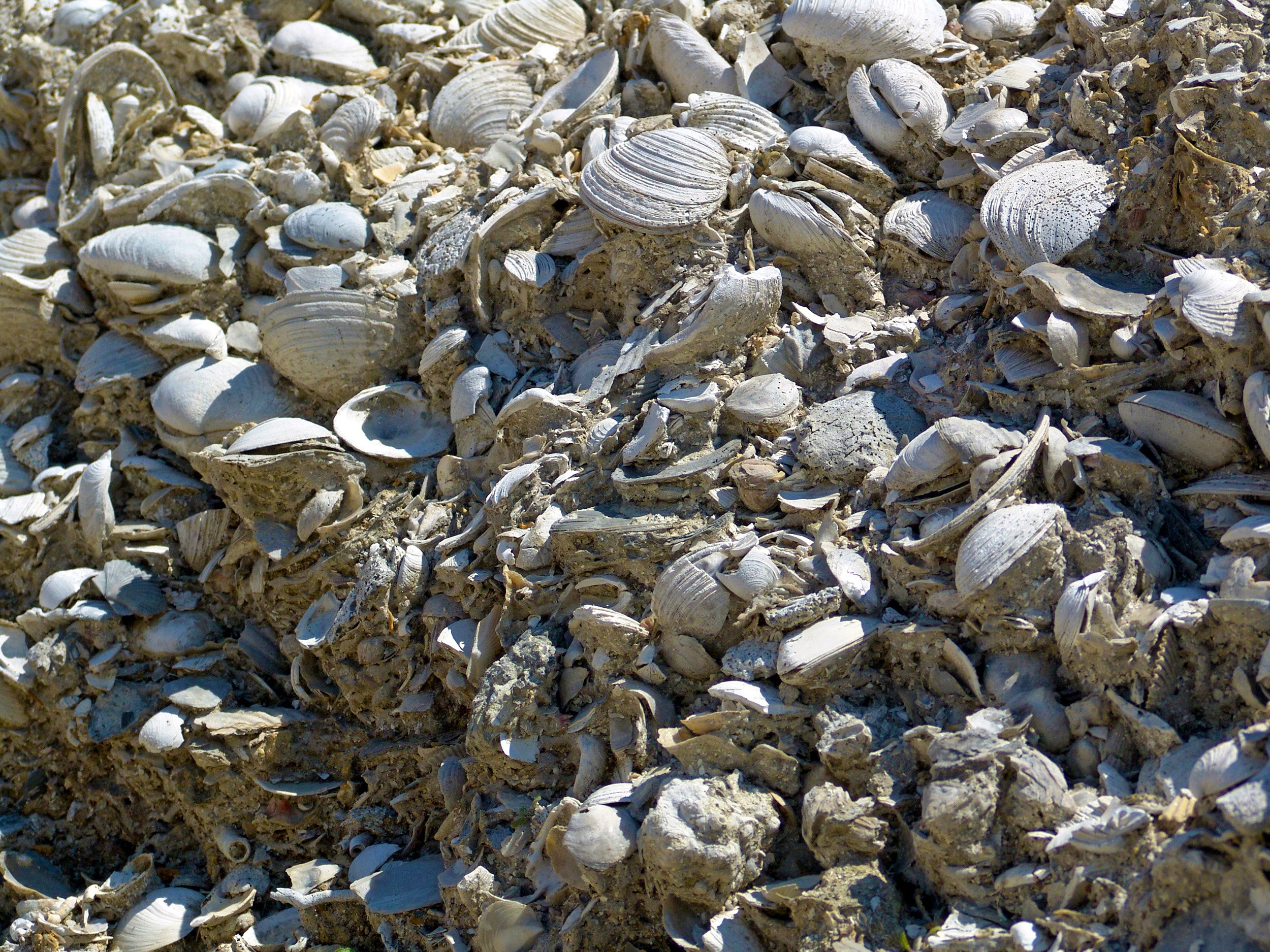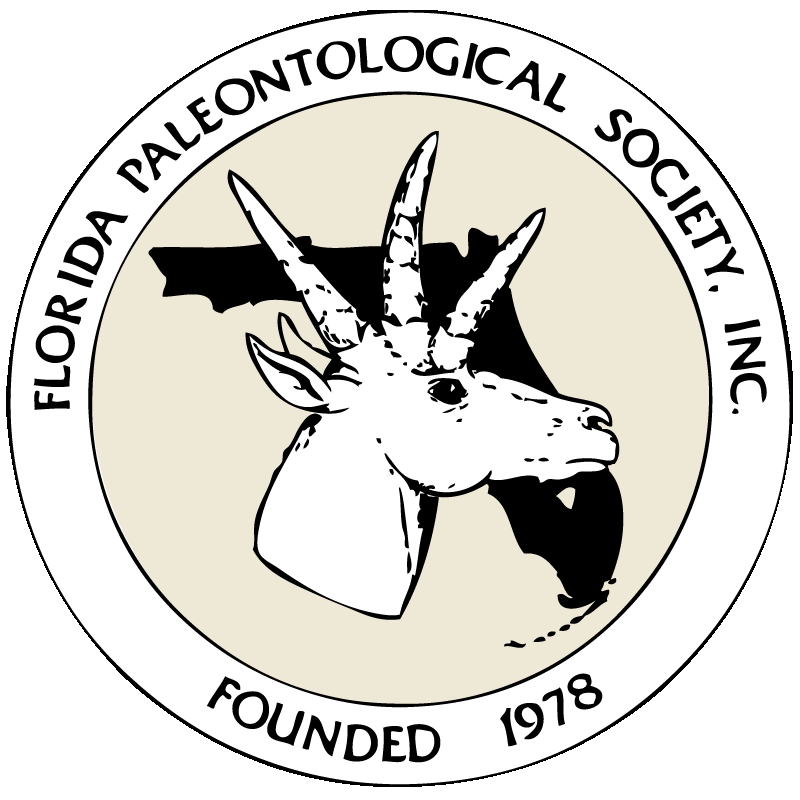
About National Fossil Day
National Fossil Day™ (NFD) is a day to raise awareness of the nation’s fossil resources and to promote an appreciation of their scientific and educational value. NFD began as part of Earth Science Week in 2010, as a cooperative effort initiated by the National Park Service (NPS) and the American Geosciences Institute (AGI). Since then it has grown into an extensive network of professional and avocational groups, museums, libraries, universities, and many other organizations dedicated to the advancement of science. Each year these groups organize and participate in NFD activities across the country.
Fossils discovered on the nation’s public lands preserve ancient life from all major eras of Earth’s history, and from every major group of animal or plant. In the national parks, for example, fossils range from primitive algae found high in the mountains of Glacier National Park, Montana, to the remains of ice-age animals found in caves at Grand Canyon National Park, Arizona. Public lands provide visitors with opportunities to interpret a fossil’s ecological context by observing fossils in the same place those animals and plants lived millions of years ago.
Please learn more by visiting the National Fossil Day website.

